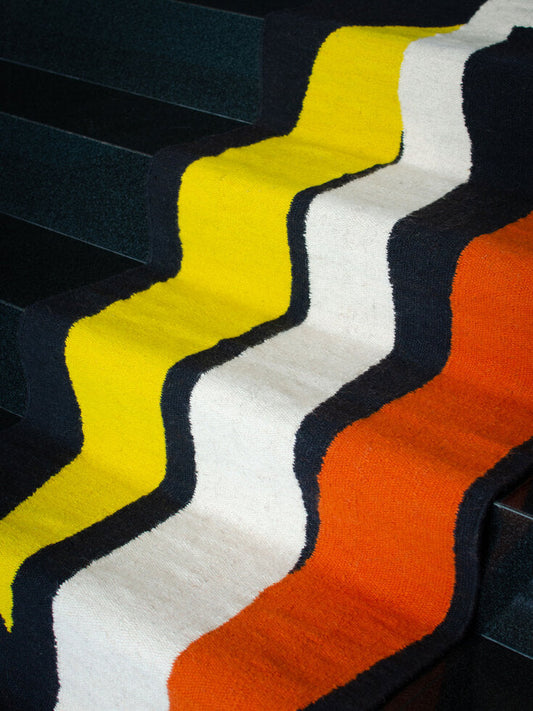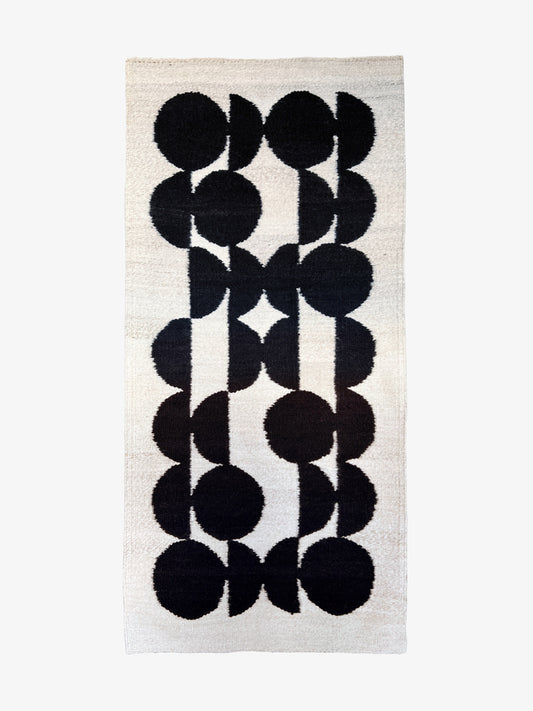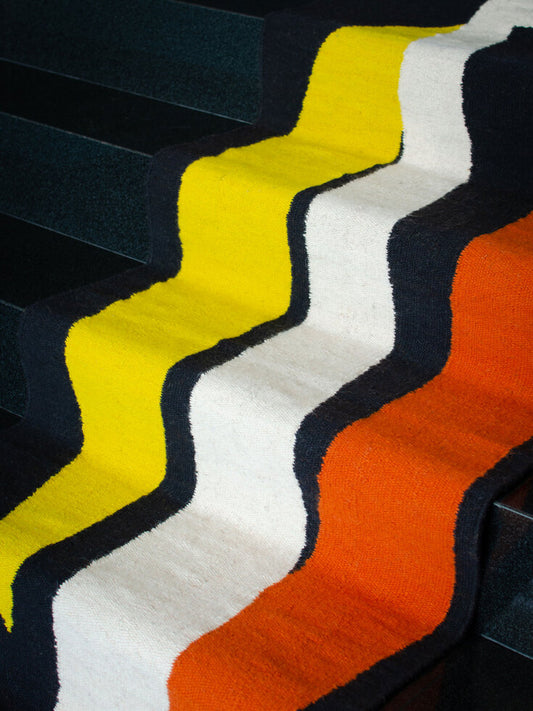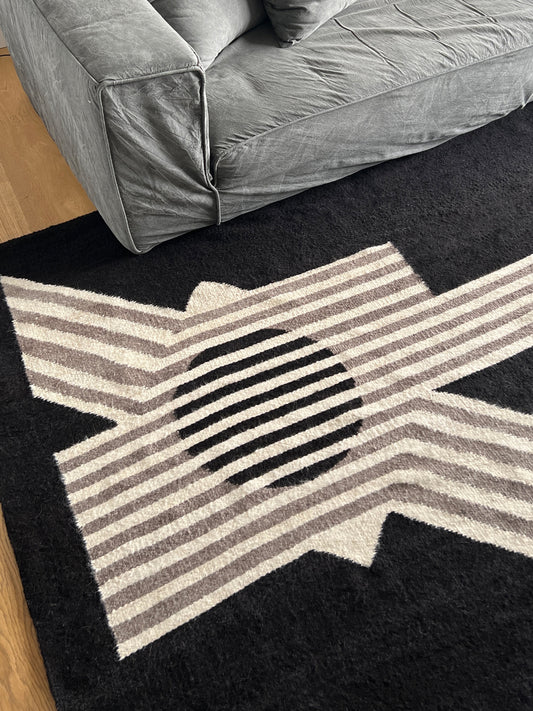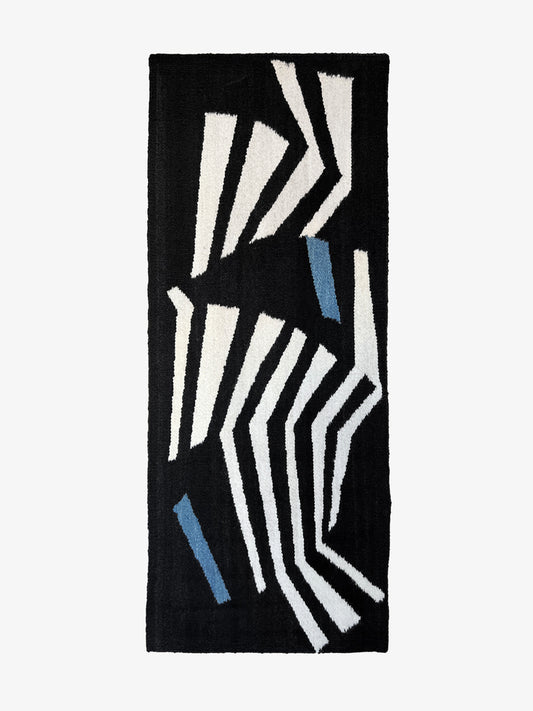Brizzi-page
-
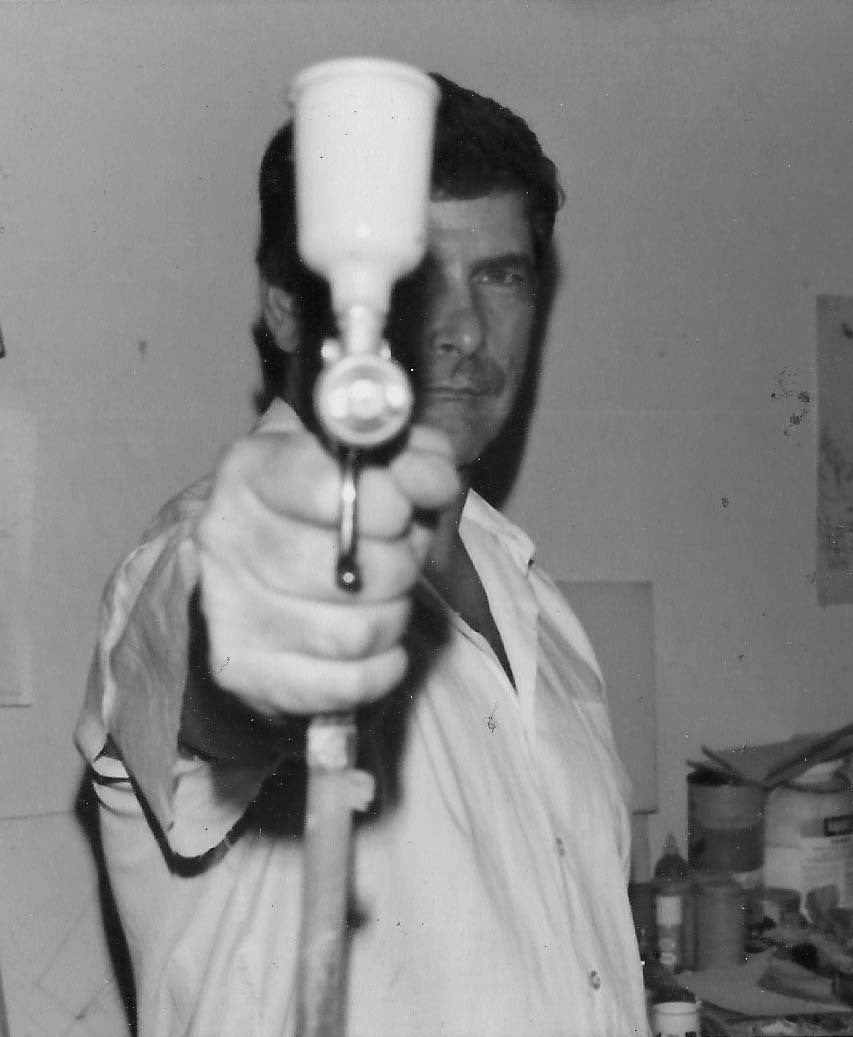
-
Brizzi, Ary (Avellaneda, Buenos Aires, 1930-2014 )
“I believe Cinetism was so well accepted at the time because of our originality and our use of industrial materials, which were regarded as unnoble or of low aesthetic value. Our true challenge was to make them attain an artistic status”.
Painter, sculptor and designer. He got his first lessons in drawing and the use of perspective from his father, who was an architect, but went on to study painting and muralism formally.
In the late fifties, he began experimenting with compositions where contrasting colors, parallel lines and the repetition of geometric shapes allowed him to create the illusion of movement, which would later be known as “Cinetism” or “Op Art”. Later, he explored the possibilities of conveying light effects through variations in the saturation of color.
In his sculptures, he achieved these same effects by using what was then new materials, such as acrylic plates -either transparent or colored- tempered glass and highly reflective aluminum.
From a young age, he worked as a graphic designer in advertising, and designed fair stands for well-known industrial brands like Fiat and Ika. Committed to taking his aesthetic to interior design, Brizzi collaborated with various architects and designed furniture for his friends and family. In these, he sought a perfect mixture of functionality and clean shapes.
He also designed acrylic and enameled metal jewelry, and created “multiples”, decorative objects that resemble his own sculptures, but were conceived for ordinary homes. Although these were handcrafted, they could be made in series and at a lower cost, to become available to a larger public that was traditionally unable to purchase art.



